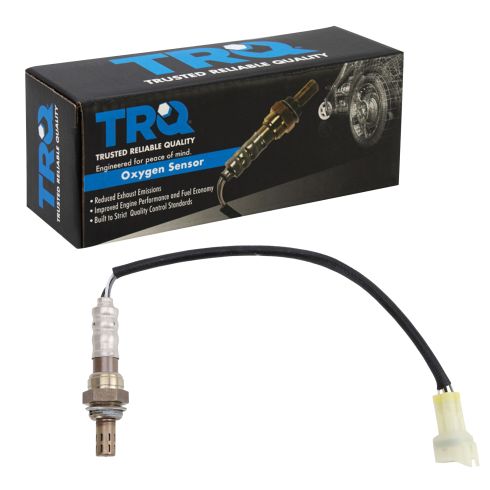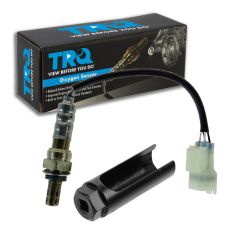1AEOS00130-Suzuki Grand Vitara Sidekick O2 Oxygen Sensor TRQ OSA61256

Replaces
1998 Suzuki Sidekick L4 1.8L Upstream Bank 1 Sensor 1 O2 Oxygen Sensor TRQ OSA61256

Product Reviews
Loading reviews
Customer Q&A
No questions have been asked about this item.
Suzuki is a registered trademark of Suzuki Motor Corporation. 1A Auto is not affiliated with or sponsored by Suzuki or Suzuki Motor Corporation.
See all trademarks.









